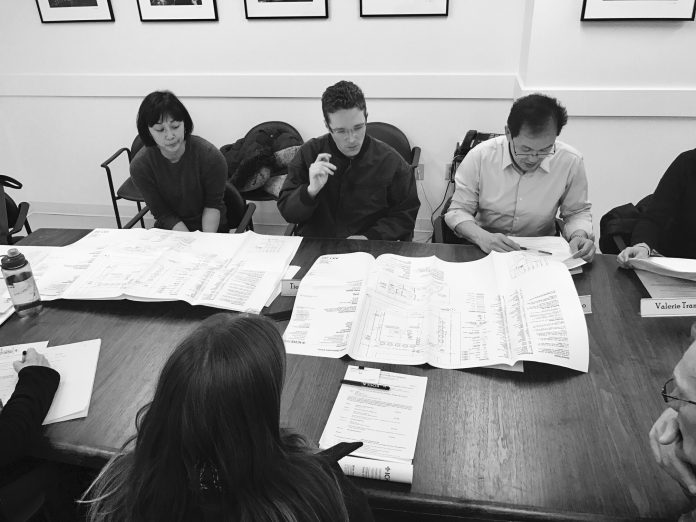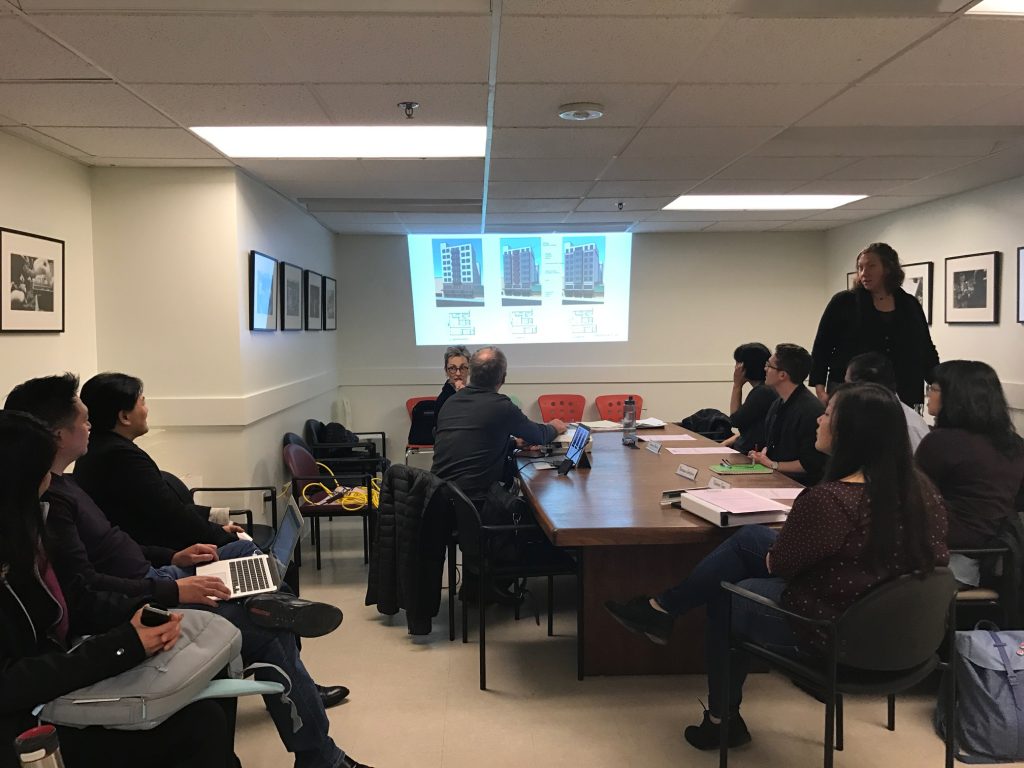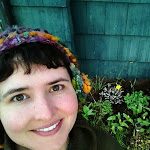
What is the International Special Review District (ISRD)?
The International Special Review District (ISRD) is where the future of the “look” of the Chinatown-International District of Seattle is determined. The most exciting part of sitting in any design review meeting is catching a glimpse into a rip in the fabric of space-time. As an amateur land use nerd, the most mentally taxing part of attending design review is the jargon, the acronyms, the formality, the rules, and feeling like an outsider.
The Chinatown-International District contains a National Historic District on the National Register. This is in part due to the architecture as an example of how immigrant communities blend traditions with those of their new home. According to the City of Seattle, in “1973 the International Special Review District and Board were established by Ordinance (SMC 23.66.302) to promote, preserve and perpetuate the cultural, economic, historical, and otherwise beneficial qualities of the area, particularly the features derived from its Asian heritage.”
Ethan Phelps-Goodman, who founded Seattle in Progress, notes that “[i]t’s ironic that historic districts, where we supposedly want stricter review, go through a far less public process than the rest of the city. I think we need to redefine our notion of what ‘public’ means in civic processes. If you can’t access the information online, then it’s not effective public outreach. If you can’t share your voice and influence the process online, then it’s not effective public engagement. I think the City gets this. But it will take time—and continued pressure on the City—to make it happen.”
What does the ISRD Board consider?
Changes to the outside of any building or structure, installation of any new sign, changes to existing sign, or installation of a new awning or canopy fall under approval of the ISRD. Additionally, any of the following changes must be approved by the ISRD Board:
- Interior changes that affect the exterior;
- A new addition, construction, and/or remodel;
- A proposed new business or service;
- Change in the public right-of-way or other public spaces, including parks and sidewalks;
- Demolition of any building or structure; and
- Exterior painting.
In order to make these changes, an applicant must get a Certificate of Approval issued by the ISRD Board and the Director of the Department of Neighborhoods before the City will issue any permits.

A Typical Meeting
At the February 28, 2017 meeting there were two items on the agenda:
- A space formerly occupied by a hair salon requested permission to become an optometrists office; and
- A proposed seven-story mixed use building, with an emphasis on the external materials being considered for the street-facing side of the building.
The Board members in attendance were Stephanie Hsie, Tiernan Martin, Herman Setijono Valerie Tran, and Eliza Chan.
For the optometrist office project located at 720 8th Ave S, the Board heard a 20-minute presentation from applicants Ellen Hagen, Miller Hayashi, and a Dwayne Walsh construction representative. Tiernan Martin described the process as “pretty straightforward” and the ISRD Board unanimously approved the change of use. The applicants will return to the ISRD for approval signage and window treatments.
Next, the ISRD Board heard from the project representative for the 608 6th Ave S project, a proposed seven-story mixed-use building, which previously went before the ISRD Board twice last year on September 13th and December 13th. You can view more information about the project here.
Design review across the city has a specific vocabulary. This project review was no different. It can be very confusing to follow for a casual observer–not unlike watching a golf game. In previous design reviews I have attended, run by Seattle Department of Construction and Inspection, the hushed tones and inside information leave many first-time listeners feeling confused and intimidated.
The 608 6th Ave S discussion devolved into an explanation of the history of the phrase “earthen tones” in the Land Use Code by board member Tiernan Martin. These earthen tones are meant to represent the values and aesthetic preferences of the community and to fit into the historic design character of the neighborhood. Rebecca Frestedt, Coordinator for Columbia City Landmark District and International Special Review District, mentioned that the restaurant nearby has a very long lease so one side of the building will be visible for a long time; therefore, the project representative needed to return to the ISRD with extensive slides from various perspectives in the neighborhood.
During public comment James Wong, part owner of the Bush Garden building, said “this is way better than a parking lot!” He also mentioned that he preferred the bright red design chosen for the balcony, as well as the darker choice for the exterior of the building, commenting “you don’t want dragons flying around (but you do want a) modern Asian aesthetic.” He said that he looked forward to the block being “more vibrant.”

The ISRD Board has been created to be hypersensitive to the needs of the community. The ISRD process is part of Department of Neighborhoods, not Seattle Department of Construction and Inspection (SDCI). Board members ask detailed questions about the scale of buildings and how design elements would be perceived by nearby residents and future residents of the building.
At the same time, the design review process is inaccessible to a variety of community members in part due to location and inconvenient meeting times. For example, when I attended my first meeting I was unsure where to go. There were no signs posted until a few minutes before the meeting began. Signage in Chinese, Japanese, or Vietnamese is encouraged in Chinatown-International District businesses yet, ISRD materials were provided in English only.
When Does The ISRD Board Meet?
Meetings are on the second and fourth Tuesday of every month at 4:30pm, at the Bush Asia Hotel, 409 Maynard Ave S. The meeting can be hard to find, and is typically in the basement IDEA Space meeting room, unless otherwise noted. The next three meetings of the ISRD are April 11th, April 25th, and May 9th. Agendas for the ISRD Board are issued roughly one week in advance of each meeting. The meeting minutes are posted to the website after they are reviewed and approved by the ISRD Board. The Board will be reviewing the February 28th and March 14th minutes at the meeting on April 11th.
How To Get Involved
You can stay engaged by visiting the ISRD website. Throughout Spring 2017, there will high profile community discussions at the ISRD meetings, including a controversial hotel project. To learn about grassroots organizing to identify community-based priorities for development, visit Humbows Not Hotels. To view projects for Chinatown International District on Seattle in Progress’ website, you have to choose the filter “I“

Laura Loe
Laura Loe is an educator, musician, and gardener from Colombia/NY/LA/Chicago who has lived in Seattle since 2009. Laura is a board member for Be:Seattle, an organization building the power and leadership of renters and people experiencing homelessness to fight displacement.
